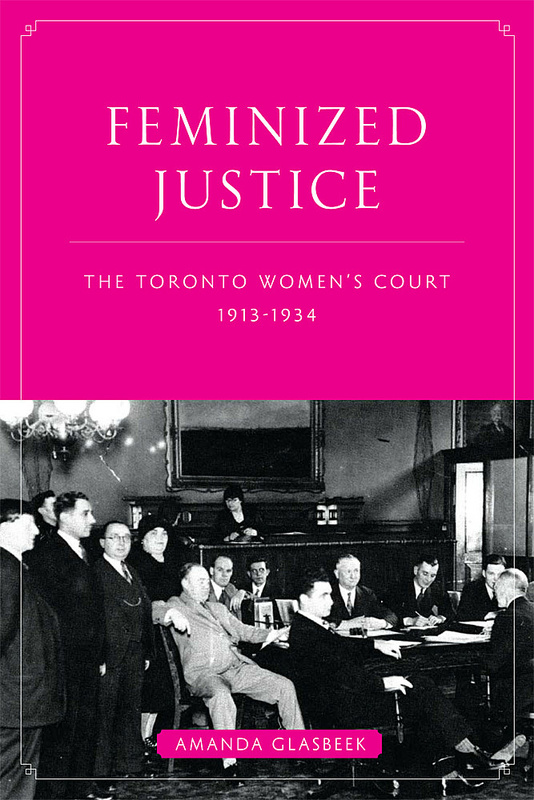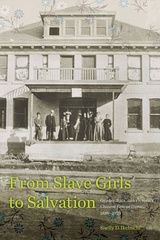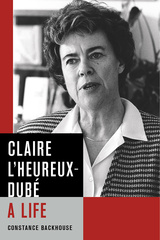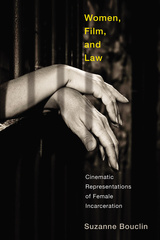Our shopping cart is currently down. To place an order, please contact our distributor, UTP Distribution, directly at utpbooks@utpress.utoronto.ca.
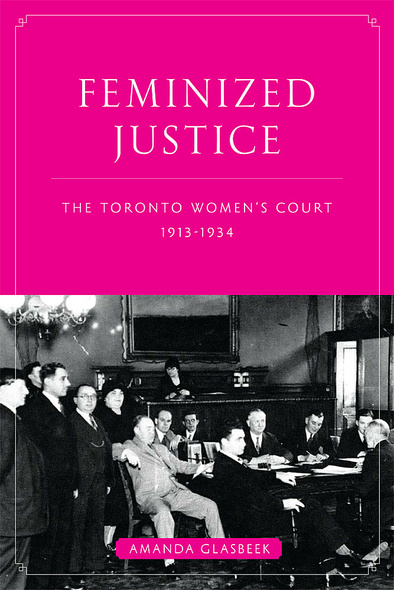
In 1913, Toronto launched an experiment in feminist ideals: a woman’s police court. The court offered a separate venue to hear cases that involved women and became a forum where criminalized women and feminists met and struggled with the meaning of justice.
The court was run by and for women, but was it a great achievement? Amanda Glasbeek’s multifaceted portrait of the cases, defendants, and officials that graced its halls reveals a fundamental contradiction at the experiment’s core: the Toronto Women’s Police Court was both a site for feminist adaptations of justice and a court empowered to punish women.
Reconstructed from case files and newspaper accounts, this engrossing portrait of the trials and tribulations that accompanied an early experiment in feminized justice sheds new light on maternal feminist politics, women and crime, and the role of resistance, agency, and experience in the criminal justice system.
It will appeal to general readers and scholars of history, law, women’s studies, and sociology.
Glassbeek's book is an important addition to feminist colloquy as well as feminist inquiry...[a] comprehensive and insightful explanation of how and why a path paved with good intentions became a dead end.
An original and important contribution to existing literature on feminized justice. Not only does the author explore records that have been inadequately examined in the past, she also offers new theoretical insights into these sources.
Explor[ing] contradictions emanating from this experiment in gendered justice ... Glasbeek interprets the agency wielded by women in conflict with the law and puts to rest any remaining notion that women received a gendered, chivalric kind of justice.
Introduction
1 The Toronto Women’s Police Court as an Institution
2 Feminism, Moral Equality, and the Criminal Law: The Women’s Court as Feminized Justice
3 “The badness of their badness when they’re bad”: Women, Crime, and the Court
4 “What chance is there for a girl?” Vagrancy and Theft Charges in the Women’s Court
5 “Up again, Jenny?” Repeat Offenders in the Women’s Court
6 “Can her justice be just?” Margaret Patterson, Male Critics, and Female Criminals, 1922–34
Conclusion
Notes
Bibliography
Index

